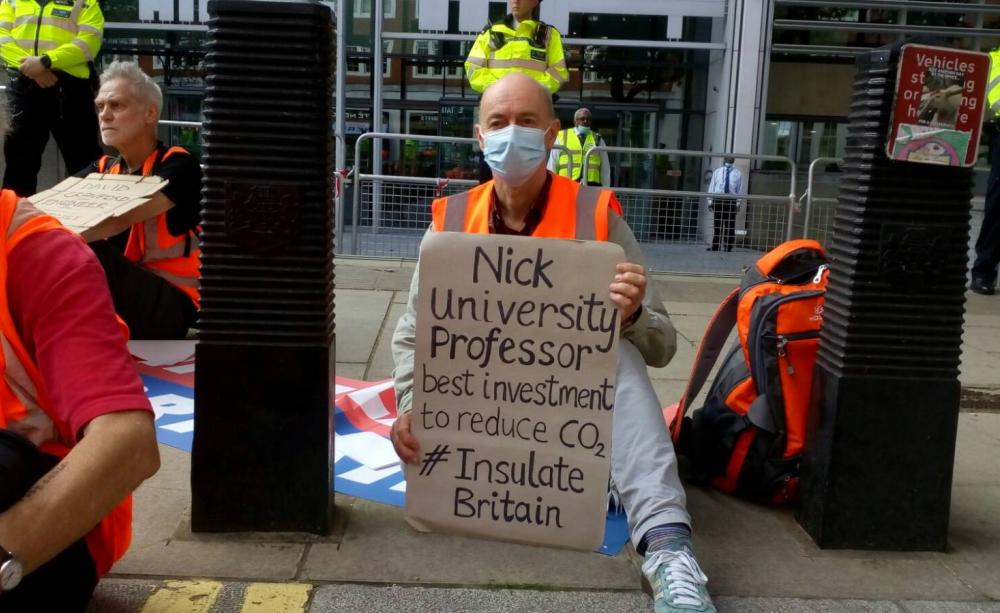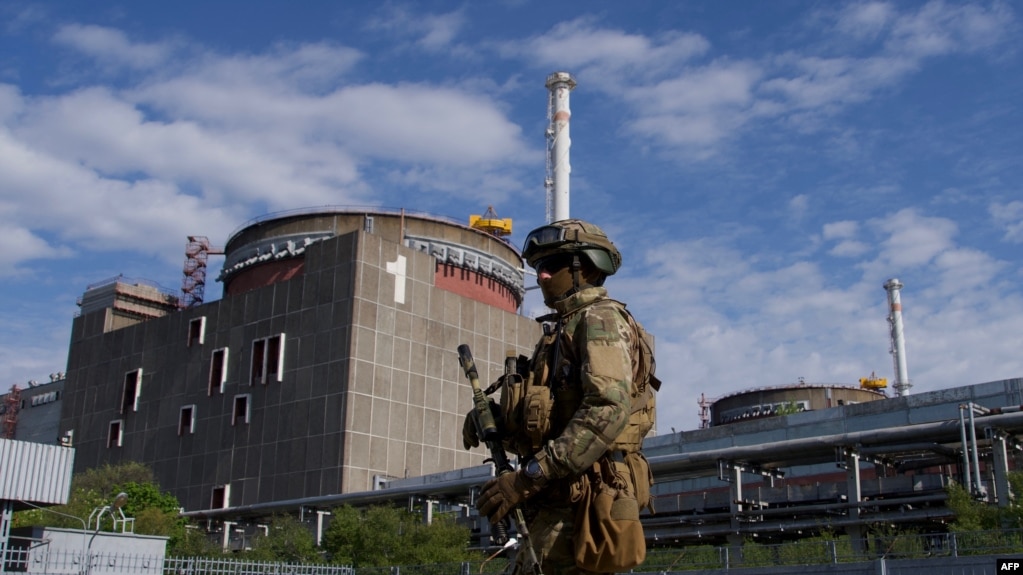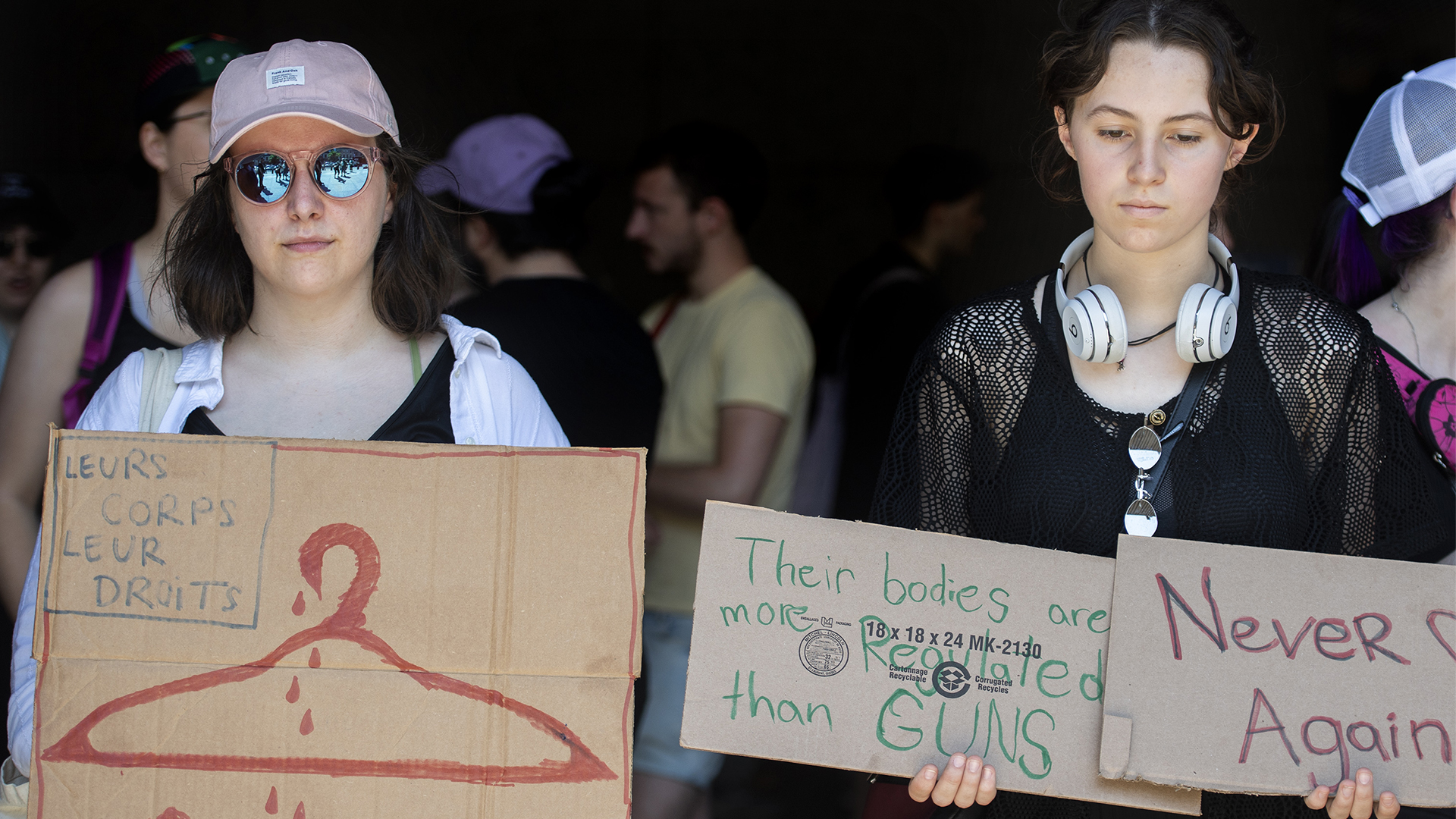UK
Green gentrification and the coming storm
At the same time, greater attention is being paid to the energy efficiency of homes and the built environment.
This is partly spurred by the activism of groups like Insulate Britain, whose road blockades caused major disruption in 2021, gaining press attention for their demand to retrofit homes with insulation.
Heatwave
But focus on energy is further spurred by the cost of living crisis, where bills are rising at an unprecedented rate, all whilst fossil fuel companies are boasting record profits.
This profiteering has led many to push for a mass retrofit campaign, with changes to reduce energy use and reliance on fossil fuel systems, as a method to deal with the violence of current bills.
Two extreme weather events have hit Britain so far this year. Storms Dudley, Eunice, and Franklin together constitute the first, when in February red weather warnings urged everyone to stay at home and winds swept across the country.
During the three storms, over a million homes were left without power, some for several days, with others seeing their roofs ripped off and impacted by falling trees.
More recently, the July heatwave saw weather records broken across Britain, with temperatures going above 40°C recorded for the first time.
Sustainability
This saw a further red weather warning, with 999 calls spiking and a still to be calculated number of heat related deaths. Several fire services declared major incidents, with a substantive blaze in Wennington, East London, causing the destruction of a spate of homes.
Train, road, and air travel were significantly disrupted during both these disasters. Critical infrastructure was unable to cope with the weather extremes.
The need to adapt and retrofit the built environment in Britain has never seemed more pressing and widespread.
Despite the increased recognition of the need for built environment retrofitting and adaptation, a significant majority of the conversation remains focused on what may be termed the ‘technicalities’.
An ever widening pool of people are discussing and learning about built environment sustainability standards like Passivhaus, with a growing number of projects attempting to put its principles into practice.
Space
Similarly, there are a wide variety of measures around property level adaptation, with whole cottage industries selling technologies like flood doors emerging and being championed.
British society is sleepwalking into a world of flooding, heatwaves, and cold snaps, wrapped in shoddy housing stock unable to provide basic levels of health and security.
This recognises that the built environment is a massive environmental issue, both as the area most in need of adaptation and of massive resource use - from the energy going into buildings to the materials needed to construct them. Despite this, action in Britain has been lacking.
As the most recent Committee on Climate Change Progress Report states: "Buildings are the UK’s second largest source of emissions (after surface transport).
"There has been no sustained reduction in emissions from buildings in the last decade reflecting low levels of annual home energy efficiency improvements."
That the UK’s second largest emission source has received so little action is shocking. Buildings are not just an emissions problem, they are the fundamental space within which the vast majority of people maintain themselves.
Ownership
British society is sleepwalking into a world of flooding, heatwaves, and cold snaps, wrapped in shoddy housing stock unable to provide basic levels of health and security. This is a crisis of habitability wrapped up in, and central to worsening, the crisis of environmental breakdown.
Therefore, the rising attention to the technicalities of building retrofit and adaptation should be welcomed. This technical know-how is empowering people to respond to the unfolding climate crisis.
This includes calculating the amount of jobs which could be created locally from a mass retrofit campaign, to raising awareness about the exact flood risks a settlement faces.
However, if just left on the level of technical know-how, it becomes impossible to ask important questions about built environment sustainability: why have buildings been allowed to reach such a poor state? Who has profited from this process? How is further action on the built environment being prevented?
Any gains in technical know-how about built environment adaptation and retrofitting must be brought into alignment with an understanding of the economic forces that drive property development and ownership.
Wealthy
Whilst this is a complicated picture, a short summary of British housing and the built environment can be provided.
After a period of significant social housing, the introduction of the ‘right to buy’, combined with reduced state investment in public housing, saw the promotion of mass homeownership from 1980.
This was further encouraged by government securing and liberalization of mortgage finance, leading to several decades of bubble-inducing property speculation, rising home-ownership, and the destruction of social housing provision.
This speculative bubble led to continuous increases in land and house prices in most parts of Britain, particularly acutely in cities.
With reduced social housing and prices too high, new developments in housing were increasingly bought by the already wealthy as buy-to-let properties rather than those seeking their first home.
Coffers
Consequently, home ownership peaked in the UK around 2003, and the private rental market has grown in its place.
A significant number of people facing weather risks and needing retrofit are therefore living in long-term rented accommodation, particularly city-based working-class people.
A further trend in government built environment intervention has been the drive for infrastructure mega-projects, done in conjunction with the private sector, as a way to develop public space.
This is often done as a way to supplement limited local government coffers with private sector money, often not considering the long-run impacts these projects have on council finances and local communities.
This is taking place within the context of the wide range of government backed financial mechanisms around the built environment, and the declining local government power to build social housing.
Influence
The most notable example of this is the Olympic Park in London, which saw the mass displacement of working class communities, bulldozed social housing, and the lining of property developer pockets.
The built environment is increasingly being commodified, rather than provided as a place for people to live in.
The consequences of this is the long-term decline of housing stock, as a result of the landlord incentive to only provide the bare minimum of renovations whilst extracting the maximum amount of rent.
Councils are, at the same time, incentivised to bulldoze these areas once the years of neglect accumulates, in favour of private finance megaprojects, merely displacing housing insecurity elsewhere. This displaces the development of plans for social housing which include retrofit and adaptation.
Combined with a collapsing high street and declining public budgets for critical infrastructure, much public space is being given to the private sector to control, influence, and gentrify.
Landlord
Thus, if we consider a mass insulation campaign, it will be no good unless we recognise that a significant number of people live as renters, where they are forced to pay the energy bills without the power to actually commission structural work.
Consequently, the very buildings most in need of energy intervention will not see it if incentives continue to assume home ownership.
Worse, if landlords are sufficiently incorporated into any insulation scheme, they could see themselves profiting from or being subsidised by insulation grants, despite their profiteering from buildings being the very cause of energy inefficiency.
There is a pressing need for environmentalists to seriously tackle the idea of adaptation justice - this is certainly the case around the built environment, as Chris Saltmarsh has argued in The Ecologist.
Take the case of ‘renovictions’, where a landlord renovates their property, and in some cases based on environmental concerns may use public money to install adaptation or retrofit measures.
Financialisation
This often requires the eviction of tenants, either before to complete the work, or afterwards when the landlord seeks to raise the rent. Here the cost of adapting and retrofitting is not borne by those who have profited from the built environment, but those most vulnerable to the housing system.
Similarly, an increasing number of public bodies are building using Passivhaus principles or at least higher levels of energy efficiency when constructing projects.
However, if such buildings are built by bulldozing over existing working-class communities, it merely continues the vicious cycle of gentrification that is widespread in most British cities.
Without attention to who profits from and who is exploited by the built environment system, such green gentrification is a looming concern.
To seriously tackle weather events like February’s storms or July’s heat wave, it’s necessary to also tackle the widespread growth of landlordism, the financialisation of buildings, and the ways in which the built environment is planned by market forces.
This Author
Harry Holmes is a climate organiser and writer based in London.









